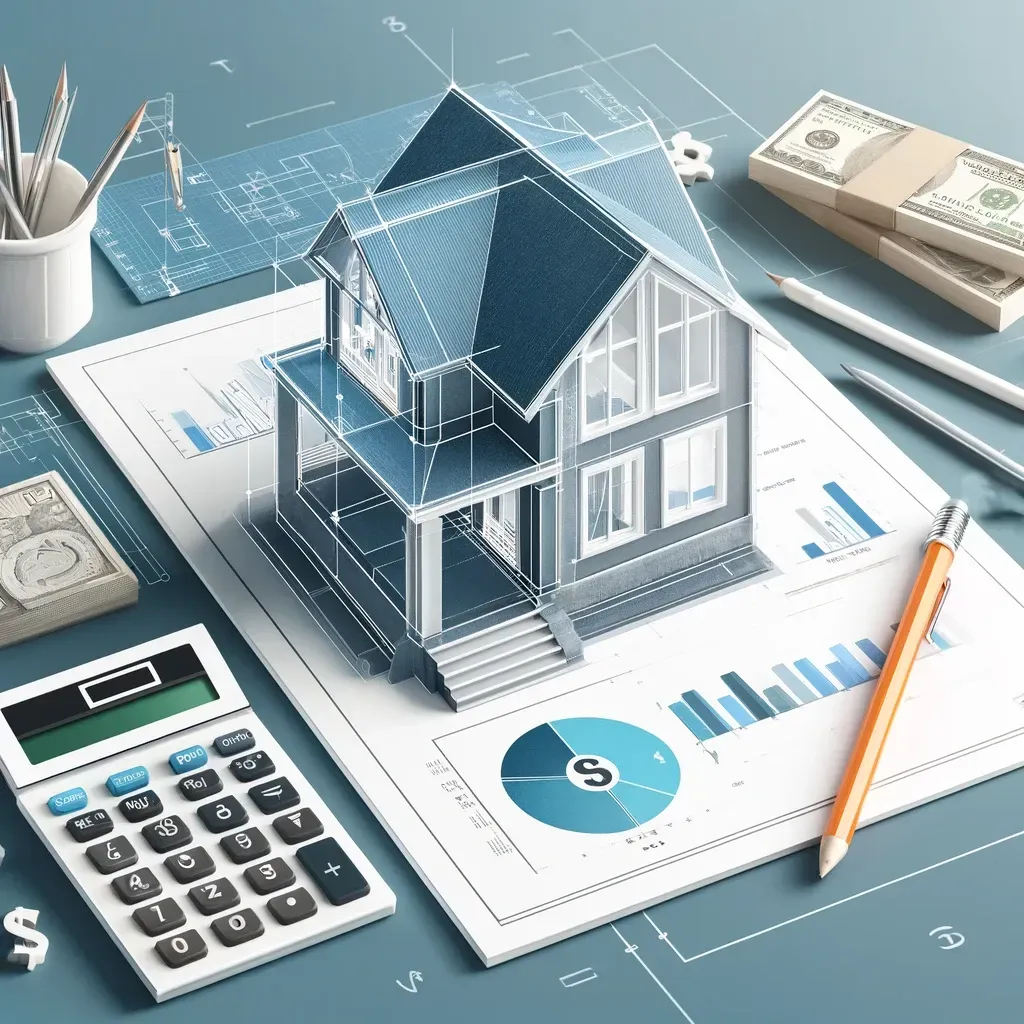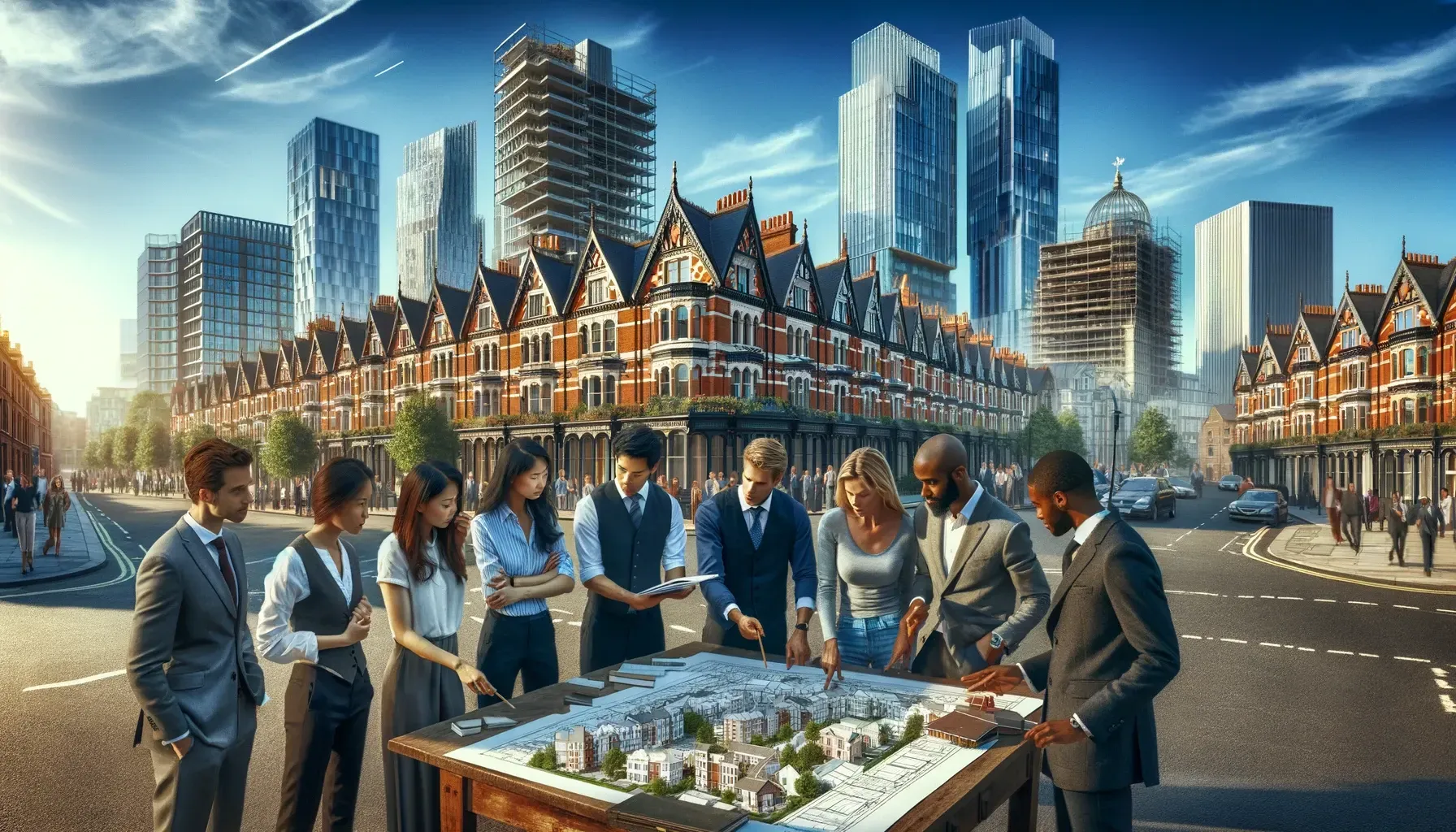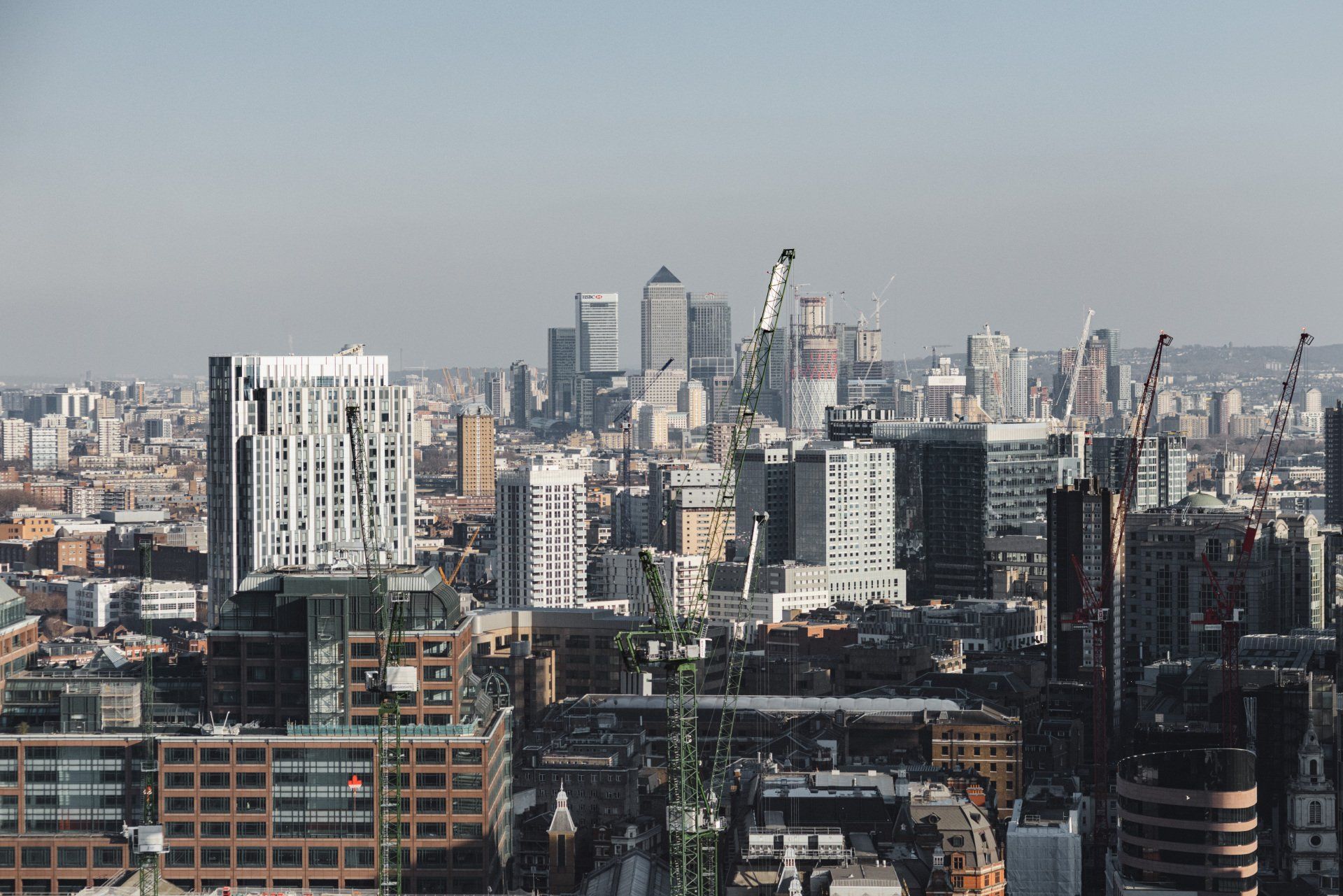At PPS Property Management we are often asked "What does it cost a landlord to rent out their property?" To be truly honest it can be a costly thing to do whether you self manage or use an agent. Both by the way is neither better than the other it just depends on what you as an investor or landlord want to achieve.
Renting out a property can be a lucrative endeavour, but it comes with its fair share of costs and considerations. From advertising and tenant screening to maintenance and legal fees, the true cost of letting a property can quickly add up. As a landlord, it's important to fully understand the financial implications and options available to you. This comprehensive guide aims to provide landlords in the UK with a detailed overview of the true costs of lettings, whether it's more cost-effective to hire an agent or self-manage the property tenancy, and the various expenses to consider along the way. So, if you're wondering "how much does renting a property actually cost?" or "do I need an agent?", keep reading to find out everything you need to know.
Understanding the initial costs of letting a property
Before you embark on the journey of becoming a landlord, it's crucial to have a clear understanding of the initial costs involved. These upfront expenses can vary depending on factors such as the property's location, size, and condition. One of the primary costs you'll encounter is advertising the property. Whether you choose online listings or traditional advertising methods, it's important to allocate a budget for this expense. Additionally, you may also need to invest in professional photography and staging to attract potential tenants.
Tenant screening is another essential step that comes with its own costs. Conducting comprehensive background checks, credit checks, and verifying references ensures that you select reliable and trustworthy tenants. While these screenings usually require a monetary investment, they are necessary for protecting your property and minimizing the risk of unanticipated expenses down the line. Legal fees are another initial cost to consider. Seeking legal advice to draft a robust tenancy agreement and ensure compliance with local regulations can help you avoid future legal disputes and protect your investment.
Lastly, don't forget to factor in any necessary repairs or upgrades before renting out the property. This might involve fixing plumbing issues, replacing worn-out flooring, or updating outdated appliances. While these costs can quickly add up, they are important for ensuring the property is in good condition and attracting quality tenants. Understanding and budgeting for these initial costs will help you make informed decisions and set realistic expectations as a landlord.
Non-financial costs to consider when renting out a property
While the financial costs of lettings are undoubtedly important, it's equally crucial to consider the non-financial costs involved in being a landlord. These intangible expenses can impact your time, energy, and overall wellbeing. Firstly, managing a rental property requires a significant investment of time and effort. From screening potential tenants to dealing with maintenance requests and addressing any issues that may arise, being a landlord demands a hands-on approach. This means you'll need to be prepared to dedicate a considerable amount of your time to the management and upkeep of your property.
Secondly, being responsible for a property means taking on the role of a mediator. You may need to handle conflicts between tenants, such as noise complaints or disputes over shared spaces. Serving as an intermediary can be emotionally draining and requires strong communication and problem-solving skills. Furthermore, there is an element of uncertainty and unpredictability that comes with being a landlord. While you may have diligently screened tenants, unforeseen circumstances can still arise. These could include late rent payments, property damage, or even the need to evict a tenant. Dealing with these unexpected situations can be stressful and may require legal intervention.
Lastly, it's important to acknowledge the potential impact on your personal life. Owning and managing a rental property can blur the line between work and personal time. Balancing the demands of being a landlord with your other responsibilities and commitments may prove challenging. Considering these non-financial costs will help you make an informed decision about becoming a landlord.
Additional expenses that landlords often overlook
In addition to the time and effort involved in managing a rental property, there are several financial expenses that landlords often overlook. These hidden costs can quickly add up and significantly impact your profitability as a landlord. One frequently overlooked expense is vacancies. When a tenant moves out, you'll likely incur additional costs - such as advertising the property, conducting viewings, and screening potential tenants. Additionally, you may experience a period of vacancy where you're not generating rental income, which can further eat into your profits. Property maintenance is another area where costs can quickly accumulate. While regular maintenance and repairs are necessary to keep your property in good condition, unexpected issues can arise that require immediate attention. From leaky pipes to electrical malfunctions, these unforeseen expenses can be a burden on your finances. Insurance is often an afterthought for landlords but is crucial for protecting your investment.
Landlord insurance can cover you for property damage, liability claims, and lost rental income. It's essential to shop around and compare policies to ensure you have adequate coverage at a reasonable price. Legal fees may also come into play, particularly when dealing with eviction proceedings or resolving disputes with tenants. Engaging the services of a solicitor or lawyer can be costly, so it's important to factor in these potential expenses when budgeting for your property. Lastly, it's important to consider ongoing property management costs. If you're not able or willing to handle the day-to-day tasks yourself, you may choose to hire a property management company. However, their services come at a cost, typically a percentage of your rental income. While it may alleviate some of the burden of landlord responsibilities, it's essential to weigh the benefits against the expense. By taking these additional expenses into account, you can better understand the true costs of lettings and make informed decisions about whether becoming a landlord aligns with your financial goals.
Calculating ongoing costs and maintenance expenses
Understanding the ongoing costs and maintenance expenses associated with being a landlord is crucial for effective financial planning. By calculating these expenses accurately, you can ensure that you have a realistic and sustainable budget in place. One of the first steps is to determine the average vacancy rate for properties in your area. This information can help you estimate the potential income loss during periods of vacancy and allow you to set aside sufficient funds to cover these gaps. It's also important to consider the costs associated with advertising, conducting viewings, and screening potential tenants when calculating your vacancy expenses.
Next, you need to budget for property maintenance and repairs. Start by estimating the average annual maintenance costs based on the age and condition of your property. This can include regular tasks such as cleaning, landscaping, and minor repairs. Additionally, it's essential to set aside a contingency fund for unexpected expenses, such as major repairs or replacements. Insurance costs should also be factored into your budget. Research different landlord insurance policies to find one that offers comprehensive coverage at a reasonable price. Remember to consider not only property damage but also liability claims and lost rental income. Another expense to account for is legal fees. While hopefully, you won't encounter any legal issues, it's important to be prepared. Research the average costs of eviction proceedings and dispute resolution in your area, and set aside funds accordingly.
Lastly, if you're considering hiring a property management company, calculate the associated costs. Most property management companies charge a percentage of your rental income, typically around 8% to 12%. Consider the services they offer and assess whether outsourcing these tasks is worth the expense for you. By accurately calculating ongoing costs and maintenance expenses, you can make informed decisions about your rental property's financial viability.
Potential financial risks and contingency planning
Being a landlord comes with its fair share of financial risks. It's essential to understand these risks and have a solid contingency plan in place to protect your investment and minimize potential losses. One significant risk is non-payment of rent. While screening potential tenants can help mitigate this risk, there is always a possibility of tenants falling behind on their rent payments. To safeguard against this, consider setting aside an emergency fund that can cover a few months' rent in case you experience a period of non-payment. Another risk to consider is property damage. Even with thorough tenant screening, accidents can happen, and unexpected repairs may be needed. It's crucial to have landlord insurance that covers property damage and to set aside a separate fund specifically for property repairs and maintenance. Additionally, as a landlord, you may encounter legal issues such as tenant disputes or eviction proceedings. These legal matters can be costly, both in terms of time and money. Consider consulting with a legal professional to ensure you fully understand the legal intricacies and set aside funds specifically for legal fees if needed.
Lastly, it's important to have a contingency plan for unexpected vacancy periods. Maintaining a consistent rental income is crucial to your financial sustainability as a landlord. By having a contingency plan in place, such as actively seeking new tenants, advertising your property, or offering incentives for quick occupancy, you can minimize the financial impact of extended vacancy periods. Overall, having a comprehensive contingency plan in place is essential to mitigate financial risks and protect your investment as a landlord. By being prepared for potential setbacks and having funds set aside for emergencies, you can navigate any challenges that may arise and maintain the financial stability of your property.
Ensuring a high-quality tenant to minimize costs
Finding a high-quality tenant is crucial in minimizing the costs associated with being a landlord. This not only reduces the risk of non-payment of rent but also decreases the likelihood of property damage and legal issues. To ensure you attract the right tenants, it's essential to have a thorough screening process in place:
- Conduct a background check to verify employment, income, and rental history.
- Speak to previous landlords to obtain references and gain insight into their reliability as tenants. In addition to screening, proper communication and clear expectations are key.
- Have a detailed lease agreement that outlines tenant responsibilities, maintenance requirements, and consequences for breaching the contract.
- Regularly communicate with your tenants to address any concerns or issues promptly.
- Consider implementing regular property inspections to detect any potential damage or maintenance needs early on.
- Proactive maintenance can help prevent costly repairs down the line.
By prioritizing the selection and management of tenants, you can significantly minimize the financial risks associated with letting properties. The difference between a high-quality tenant and a problematic one can be the determining factor in the overall success and profitability of your rental property.
Seeking professional advice for a comprehensive understanding
Seeking professional advice is crucial for landlords to gain a comprehensive understanding of the true costs of lettings. While managing a rental property can be rewarding, it can also be complex and time-consuming. Consulting with experts in the field, such as property managers or real estate attorneys, can provide valuable insights and guidance. A property manager can handle various aspects of property management, including tenant screening, rent collection, maintenance, and legal compliance. Their expertise can help landlords navigate the rental market and ensure a smooth and profitable renting experience.
Real estate attorneys can provide legal advice and support, ensuring landlords comply with local and national regulations. They can help draft a solid lease agreement, handle disputes, and protect landlords from potential legal issues. Investing in professional advice may require upfront costs, but it can potentially save landlords money and stress in the long run. By working with experts, landlords can make informed decisions and effectively manage their properties, maximizing their return on investment.
In conclusion, seeking professional advice is crucial for landlords to gain a comprehensive understanding of the true costs of lettings. By consulting with property managers and real estate attorneys, landlords can leverage their expertise to navigate the complexities of property management and legal compliance. Investing in professional advice may require upfront costs, but it can potentially save landlords money and stress in the long run. By taking a holistic approach, landlords can make informed decisions and effectively manage their properties, maximizing their return on investment. Remember, managing a rental property is not just about the initial expenses, but also about ongoing maintenance, tenant management, legal compliance, and potential risks.











